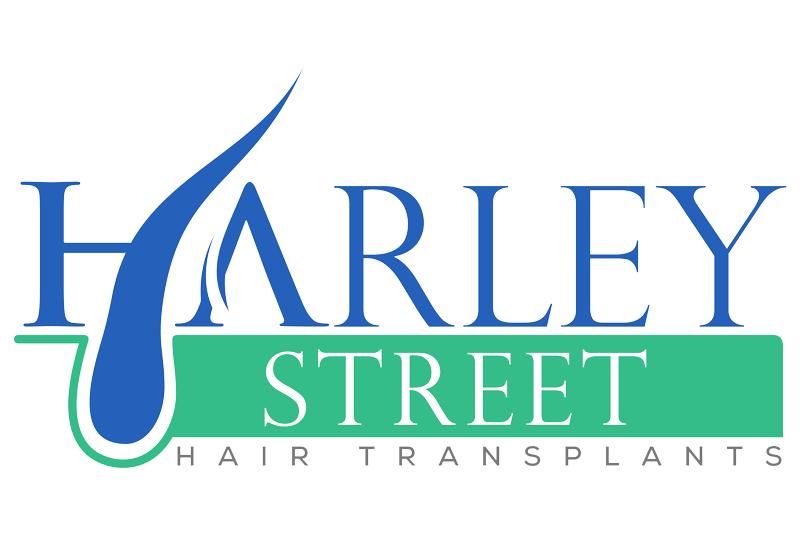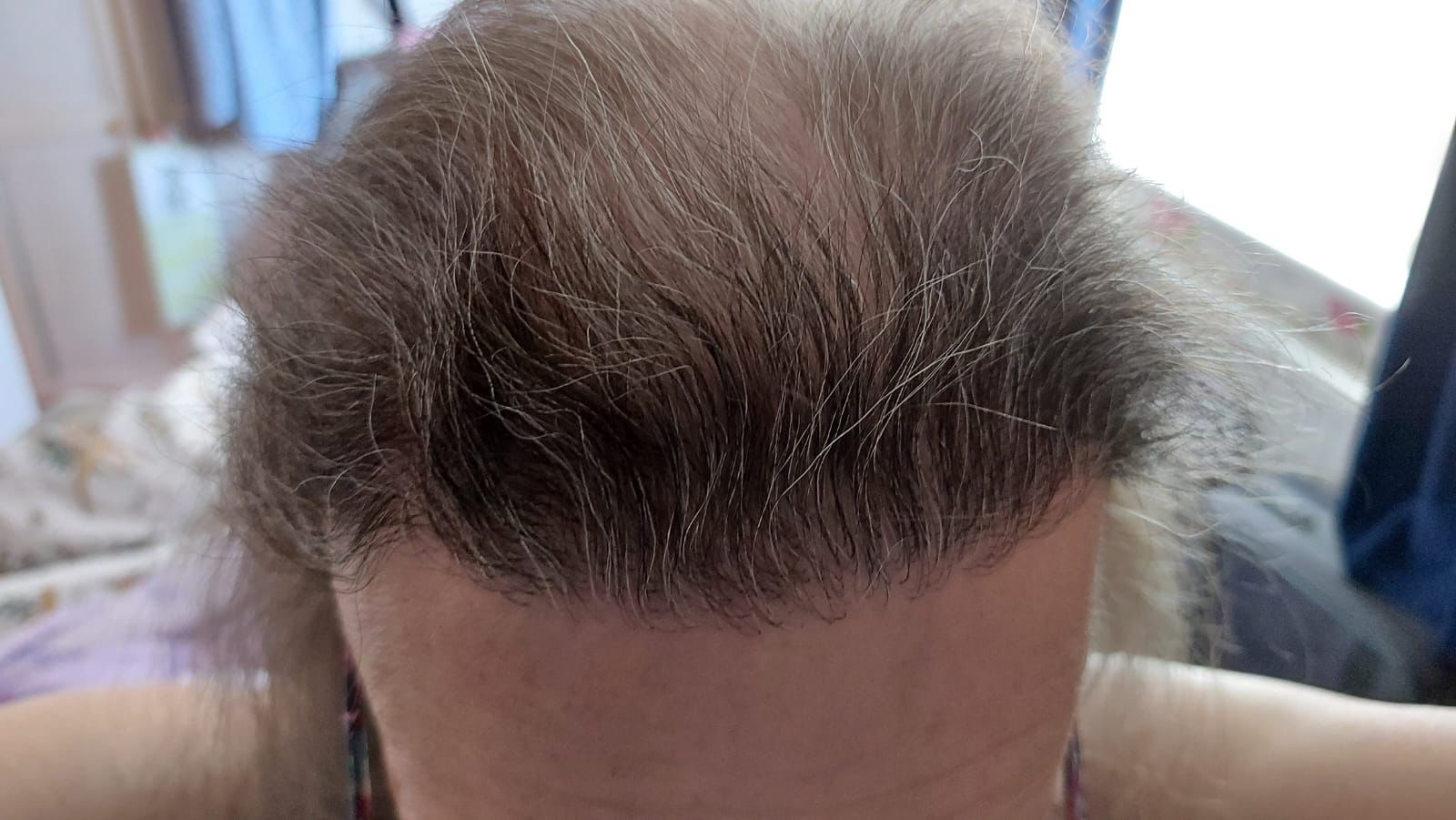Transgender Hair Transplants in Newcastle
At Harley Street Hair Transplant Newcastle, we understand that hair loss can be a significant concern for transgender individuals who are seeking to align their physical appearance with their gender identity. Hair restoration procedures can play an important role in this process, helping to create a more masculine or feminine appearance and enhancing overall confidence and well-being.
Transgender hair transplants typically involve using hair from the scalp or other areas of the body to create a more natural-looking hairline and to increase hair density in areas that may be experiencing thinning or balding. Hair transplant surgery can be an effective solution for individuals who are experiencing hair loss due to genetics, hormone replacement therapy, or other factors.
At Harley Street Hair Transplant Newcastle, our experienced surgeons have a deep understanding of the unique needs and concerns of transgender individuals and can work closely with each patient to develop a customised treatment plan that is tailored to their specific goals and preferences. We use the latest techniques and technologies to achieve the most natural-looking results possible, with a focus on creating a hairline that is in line with the patient's gender identity.
We also understand the importance of creating a safe and supportive environment for our transgender patients. Our team is committed to providing compassionate care and treating all patients with the utmost respect and sensitivity.
If you're a transgender individual who is considering a hair transplant procedure, we encourage you to schedule a consultation with one of our experienced surgeons to discuss your options and to learn more about how we can help you achieve your desired results.
What is a transgender hair transplant
A transgender hair transplant is a hair restoration procedure that is specifically designed to address the unique hair loss concerns of transgender individuals. The procedure involves using hair from the scalp or other areas of the body to create a more natural-looking hairline and to increase hair density in areas that may be experiencing thinning or balding.
For transgender individuals who are transitioning from male to female, the goal of a hair transplant procedure is typically to create a more feminine hairline and to increase hair density in areas such as the crown of the head. Conversely, for individuals who are transitioning from female to male, the goal may be to create a more masculine hairline and to increase hair density in areas such as the beard and sideburns.
Transgender hair transplants can be an effective solution for individuals who are experiencing hair loss due to genetics, hormone replacement therapy, or other factors. At Harley Street Hair Transplant Newcastle, our experienced surgeons work closely with each patient to develop a customised treatment plan that is tailored to their specific goals and preferences, with a focus on creating a hairline that is in line with the patient's gender identity.
Male to female transitions
For male-to-female transgender individuals, a hair transplant can be an important part of the gender transition process. Male-pattern baldness can be a significant source of anxiety and dysphoria for many transgender women, and a hair transplant can help to address these concerns by creating a more feminine hairline and increasing hair density in areas such as the crown of the head.
During a male-to-female hair transplant procedure, hair follicles are harvested from the donor area of the scalp or body, typically the back or sides of the head or the chest, and transplanted to the areas of thinning or baldness on the scalp. The hairline is carefully designed to create a more feminine appearance, taking into account factors such as the patient's facial features and the desired length and style of the hair.
Female to male transitions
For female-to-male transgender individuals, hair loss or the desire for a more masculine hairline can be a source of dysphoria and impact their confidence. Hair transplant surgery can be an important part of the gender transition process, providing a way to achieve a more masculine appearance.
During a female-to-male hair transplant procedure, hair follicles are harvested from the donor area of the scalp, typically the back or sides of the head, and transplanted to the areas of the scalp that require more density or a more masculine hairline. The hairline is carefully designed to create a more masculine appearance, taking into account factors such as the patient's facial features and desired hairline shape.
At Harley Street Hair Transplant Newcastle, we understand the importance of creating a hairline that is in line with each patient's gender identity. Our experienced surgeons work closely with each patient to develop a customized treatment plan that is tailored to their specific goals and preferences, with a focus on creating a natural-looking and aesthetically pleasing result. We also offer a range of non-surgical hair restoration options to help patients achieve their desired hair density and appearance.
It's important to note that female-to-male hair transplant surgery may require more grafts than male-to-female hair transplant surgery due to the differences in hair characteristics between males and females. Our experienced surgeons can provide advice on the number of grafts required to achieve the desired results and create a more masculine hairline.
Planning for a Hair Transplant?
Planning for a hair transplant is an important step towards achieving your desired look. Before undergoing the procedure, it is important to consult with a qualified hair transplant surgeon to discuss your expectations, assess your suitability for the procedure, and create a personalised treatment plan. Our surgeons will evaluate your hair loss pattern, hair density, and donor area to determine the number of hair grafts needed and the best technique for your individual needs. Additionally, we will provide you with pre-operative instructions, such as avoiding blood-thinning medication and smoking, and post-operative care instructions to ensure a smooth recovery. It is important to follow these instructions carefully to optimise the success of the hair transplant procedure. With careful planning and the guidance of our skilled hair transplant surgeons, you can achieve natural-looking and long-lasting results from your hair transplant procedure.
Book Your
Free Consultation Today
Contact Us
Our range of
Hair Loss Treatments
Patient Care Is Our Leading Priority

Follicular Unit Extraction (FUE)
FUE is a minimally invasive procedure that does not require a large incision or stitches, resulting in minimal scarring and a faster recovery time.

Follicular Unit Transplantation (FUT)
FUT can be an effective hair restoration option for patients with larger areas of baldness or those who require a higher number of grafts.

Non Surgical Hair Loss Treatment
Our non-surgical hair restoration treatment makes use of the patient's own blood to promote hair growth.

Eyebrow Hair Transplants
Eyebrow hair transplants are a specialised hair restoration procedure that involves transplanting hair follicles from the scalp to the eyebrows.

Beard Hair Transplants
Beard hair transplants are a specialized hair restoration procedure that involves transplanting hair follicles from the scalp or other areas of the body to the beard area.

Female Hair Transplants
Female hair transplants are a specialized hair restoration procedure that involves transplanting hair follicles to the areas of thinning or balding hair in women.
TRANSGENDER HAIR TRANSPLANTS IN NEWCASTLE
Why get a hair transplant if you are transgender?
Transgender people who are undergoing hormone replacement therapy (HRT) may experience hair loss as a side effect. For example, transgender women who are taking testosterone blockers and estrogen may notice hair thinning or hair loss in the male pattern baldness areas. On the other hand, transgender men who are taking testosterone may experience hair loss in a female pattern.
For individuals undergoing a gender transition, hair can play a significant role in affirming their gender identity. Hair loss or thinning in areas that are associated with a gender opposite to their own can be distressing and negatively impact self-esteem. Hair transplants can help address this issue by restoring hair density and helping to create a more masculine or feminine appearance, depending on the desired outcome.
Moreover, hair transplant surgery can be an empowering step towards feeling more confident and comfortable in one's own skin during the gender transition process. It can also help reduce the need for wigs, hairpieces or hair extensions, and provide a more natural-looking and permanent solution to hair loss.
What hair transplant method is used for transgender hair transplants?
The best hair transplant method for transgender individuals will depend on various factors such as the degree of hair loss, the desired hairline and overall hair density, and the texture and characteristics of the hair. Both FUE and DHI methods can be effective in restoring hair density and achieving a natural-looking result.
DHI method, in particular, can be a good option for transgender individuals as it allows for precise control over the angle, depth, and direction of each implanted hair follicle, resulting in a more natural-looking hairline and overall appearance. DHI also offers a quicker healing time and less visible scarring compared to other hair transplant methods.
Ultimately, the best course of action will depend on the individual's specific needs and goals, which can be discussed during a consultation with a qualified hair transplant surgeon.
How much does a hair transplant cost?
The cost of your hair transplant will vary depending on the complexity of the procedure, the type of method used and the number of grafts you require. The average cost for a hair transplant is approximately £3,000 to £8,000 within the UK. At our Newcastle Hair Transplant Clinic, our FUE hair transplants cost in the region of £4000, which also includes a free consultation with a GMC registered surgeon and 3 aftercare consultation sessions. The cost of DHI procedures can be more expensive, however you will get an accurate price estimate after your initial consultation.
To schedule a free consultation, give us a call today!


